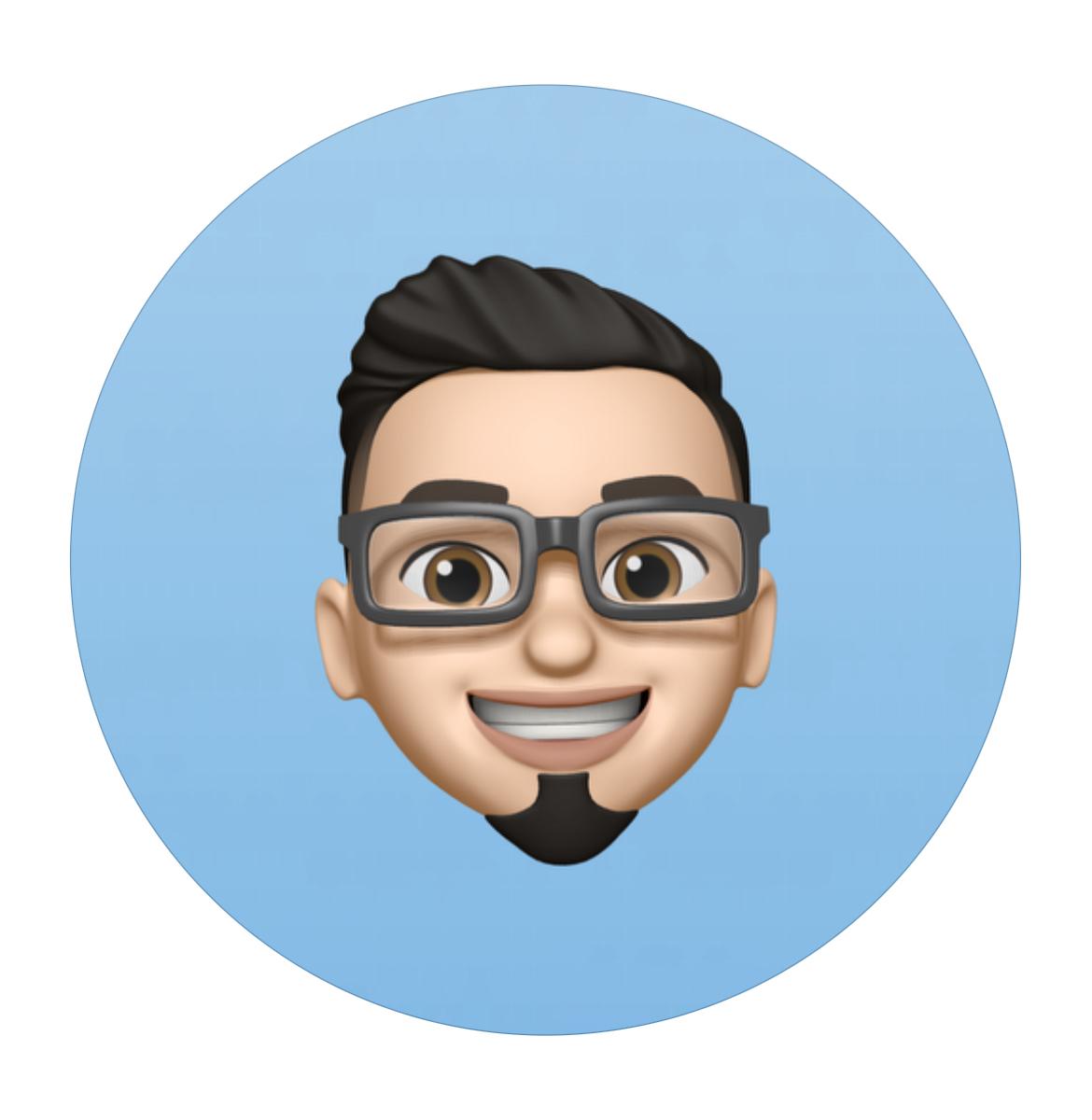 Freelancer tips
Freelancer tips Ahrefs: What It Is and How It Can Help You Rank Your Website
Want your website to appear on Google's first page? Sign up for Ahrefs Webmaster Tools to start using Ahrefs for free.



In the vast universe of web development, the array of choices can seem overwhelming, especially if you are just starting out. This raises the question: Which path is the best to follow? Should you become a Frontend, Backend, or a Full Stack developer?
This dilemma is common among many freelance developers. That's why today we're explaining what you need to know to make a decision, from concepts to the differences between frontend, backend, and full stack.
In web development, you can find different roles and responsibilities, each contributing to the creation and functionality of websites and applications.
Let's start by explaining what a frontend developer does.
Frontend (Frontend): Refers to everything that a user sees on a website or application and directly interacts with. A developer or freelancer working in this area is responsible for designing, structuring, and managing the look of the website.
Backend (Backend). It is what is not visible to the user, that is, the software. The person in charge of this area manages the data and business logic. For example, the server, the database, authentication, and communication between the frontend and backend.
Full Stack. A full stack developer is someone who possesses both of the skills described above. Therefore, they are capable of working on all layers of a web page or application, from the visual part and user interface to the internal management of the server.
These professionals play a unique role in the development process, as they interact with each other and deliver complete and effective digital results.
The main difference between frontend, backend, and full stack is the function of each, but that's not the only difference.
Below we show you the main differences in this table:
Features | Front-end | Back-end | Full Stack |
Meaning | The front end, where the display and user interaction with the browser is handled. | The section that operates on the server and handles logic, databases and system integration. | It combines the Frontend and Backend development areas into a single package. |
Main technologies | Works with HTML, CSS, JavaScript and Frameworks such as Angular and React, Vue.js. | Uses Java, Python, Ruby, PHP and .NET. As well as Frameworks such as Rails or Django. | Those used by Frontend and Backend. |
Focus | Accessibility, responsive design, user experience. | Database management, security, application IDEs, server architecture and API integration. | Ability to manage server logic, user interaction and database administration. |
Tools | Code editors such as Chrome or Firefox, CSS libraries and preprocessors. | Tools such as Docker, database management systems and development frameworks. | Frontend and Backend development resources. Including Integrated Development Environments (IDEs), testing tools for both areas and version control systems such as Git. |
To be a Frontend developer, you need several key skills, such as:
Understanding the principles of design, i.e., user experience (UX) and user interface (UI). This allows you to create attractive and functional interfaces.
Strong knowledge in HTML, CSS, and JavaScript to structure web pages, design their appearance, and add functionality.
Ability to create responsive designs that can adjust to different devices using styles.
Familiarity with frameworks such as React and libraries like jQuery to facilitate development and improve efficiency.
Mastery of version control systems to effectively manage changes in the source code.
It's also important to be well-versed in web accessibility standards to ensure that sites are useful for people with different abilities.
If you aim to become a Backend developer, your skills should include:
Complete mastery of at least one programming language used, such as Java or Python.
Experience working with relational databases, such as PostgreSQL, and non-relational databases, like MongoDB.
Knowledge in web security, in areas of authentication, authorization, as well as protecting sensitive data measures.
Skill in developing and consuming APIs, including creating RESTful APIs and using protocols, such as GraphQL.
Talent for planning and managing the software architecture of applications, whether they are large or complex.
Creating and maintaining automated tests to ensure software quality is another competency you should acquire if you do not have it.
This type of developer is very versatile and can work on personal projects or collaborative from start to finish.
The skills of a full stack developer include:
Ability to coordinate all aspects of a web development project, from design to server-side implementation.
Knowledge of the aforementioned Frontend and Backend qualities to cover all areas.
Talent for designing applications that are efficient, flexible, and easy to maintain.
Potential to identify and solve problems across all technological layers of a project.
Ability to collaborate effectively with multidisciplinary teams through clear and precise communication.
A full stack developer requires broader knowledge than a Frontend and Backend, but their earnings are higher, although that depends.
For example, the salary of a programmer in Mexico varies not only according to skills but also depends on the location, their functions, and the level of experience they have.
But if you search for “Full stack developer salary,” you will find results from different pages. Among them, Talem.com, which indicates that the average in Mexico for this type of professional is $168 per hour and $27,250 monthly, to date.
The answer depends on several factors, including:
Do you love design? Do you like the idea of creating visually appealing sites or applications that are accessible to users? Frontend development might be the perfect option for you.
Are you good at creating effective solutions to complex problems? Perhaps choosing to be a Backend is convenient for you. Their tasks focus on business logic, databases, system optimization, and security.
And if you're looking for a complete view of application development and enjoy variety, being a full stack developer might be for you.
Some regions may favor Frontend developers for their focus on new technologies. But Backend experts might be more in demand for their ability to work with large data sets.
Research market demands.
Consider the educational resources available for each field.
You might find technologies with more accessible or free learning resources than others. This can help you determine or simplify your access to that branch.
Think about your long-term vision as a freelance professional in the desired area. If you truly want to delve deeper and become a recognized expert, then make an effort and do not stray from the path.
In the end, the decision should align with your personal and professional aspirations, which is why it's important to evaluate the mentioned aspects.
Whether you choose to be a Backend, Backend, or a Full Stack developer, DolarApp is there to receive your earnings.

The world has borders. Your finances don’t have to.
 Freelancer tips
Freelancer tips Want your website to appear on Google's first page? Sign up for Ahrefs Webmaster Tools to start using Ahrefs for free.

 Freelancer tips
Freelancer tips Find out in this post what they are and what they are used for in the freelance field, their characteristics and 5 examples

 Freelancer tips
Freelancer tips Feel like your day slips away? This app to limit time can bring back focus, control, and productivity.


